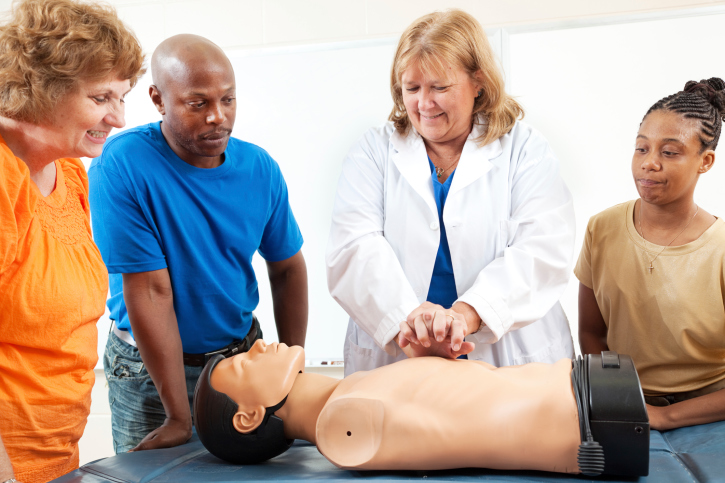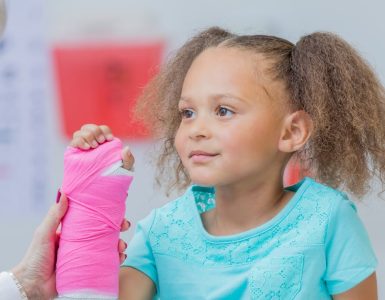Anyone can learn CPR. CPR, which stands for cardiopulmonary resuscitation, is a life-saving emergency procedure used when an individual’s heart stops beating due to sudden cardiac arrest. The Mayo Clinic defines sudden cardiac arrest as “the unexpected loss of heart function, breathing and consciousness…[that] usually results from an electrical disturbance in your heart that disrupts its pumping action, stopping blood flow to the rest of your body.”
CPR can be used to keep the blood circulating and preserve brain function until medical help arrives. Sudden cardiac arrests are more common than you may think. According to the American Heart Association (http://www.heart.org), nearly 383,000 out-of-hospital sudden cardiac arrests occur yearly, with 88 percent occurring at home. This alarming statistic hits “close to home,” and the life you save with CPR could very well be that of someone you love.
Most people feel helpless to act during a cardiac emergency because they do not know what to do. In honor of National CPR Week (June1-June 7), consider becoming CPR certified so that you know what to do should an emergency arise. Here’s where you can find free or discounted CPR classes and other helpful CPR-related resources:
Your workplace. Knowing CPR is an important part of learning first aid in the workplace, so many employers offer free CPR classes to their employees or pay for employees to attend CPR classes taught by other groups. Contact your company’s HR department for information about available CPR classes.
Nonprofit organizations. Nonprofit organizations like the American Heart Association (AHA) or the Red Cross teach CPR classes. Check out the websites http://www.heart.org or http://redcross.org to find out when and where classes are being held in your area.
Also, in honor of National CPR Week, this year the American Heart Association is calling on all Americans to learn how to perform hands-only CPR. They use a one-minute video to teach the use of hands-only CPR (also known as compression-only CPR) to the beat of the classic disco song “Stayin’ Alive.” The video can help you learn how to take quick action if you see a cardiac arrest emergency happening, which can more than double a victim’s chance of survival. View the video here: http://www.heart.org/HEARTORG/CPRAndECC/HandsOnlyCPR/Hands-Only_CPR_UCM_440559_SubHomePage.jsp
Local community centers. Hospitals, school districts, fire departments, and community colleges often offer CPR classes as a public service to the community. Contact your local groups directly or check community bulletin boards or websites to find out the times, costs, and locations of the classes.
CPR apps. There are inexpensive apps available for Apple iPhone and Google Android smartphones that can provide concise and clear first aid and CPR instructions. Although using apps does not get you CPR certified, they can at least give you very helpful information that may even help save a life.
Looking for more ways to be heart-healthy, or help your loved ones be heart-healthy? Consider making an appointment with your doctor or a registered dietitian to help you eat healthier and learn ways, such as modifying your diet or starting an exercise regimen, to keep your heart healthy. Don’t currently have a doctor or dietitian? If you are a Health Advocate member, you can reach out to one of our Personal Health Advocates to help you find a local, in-network medical provider who can help you meet your healthy goals.



